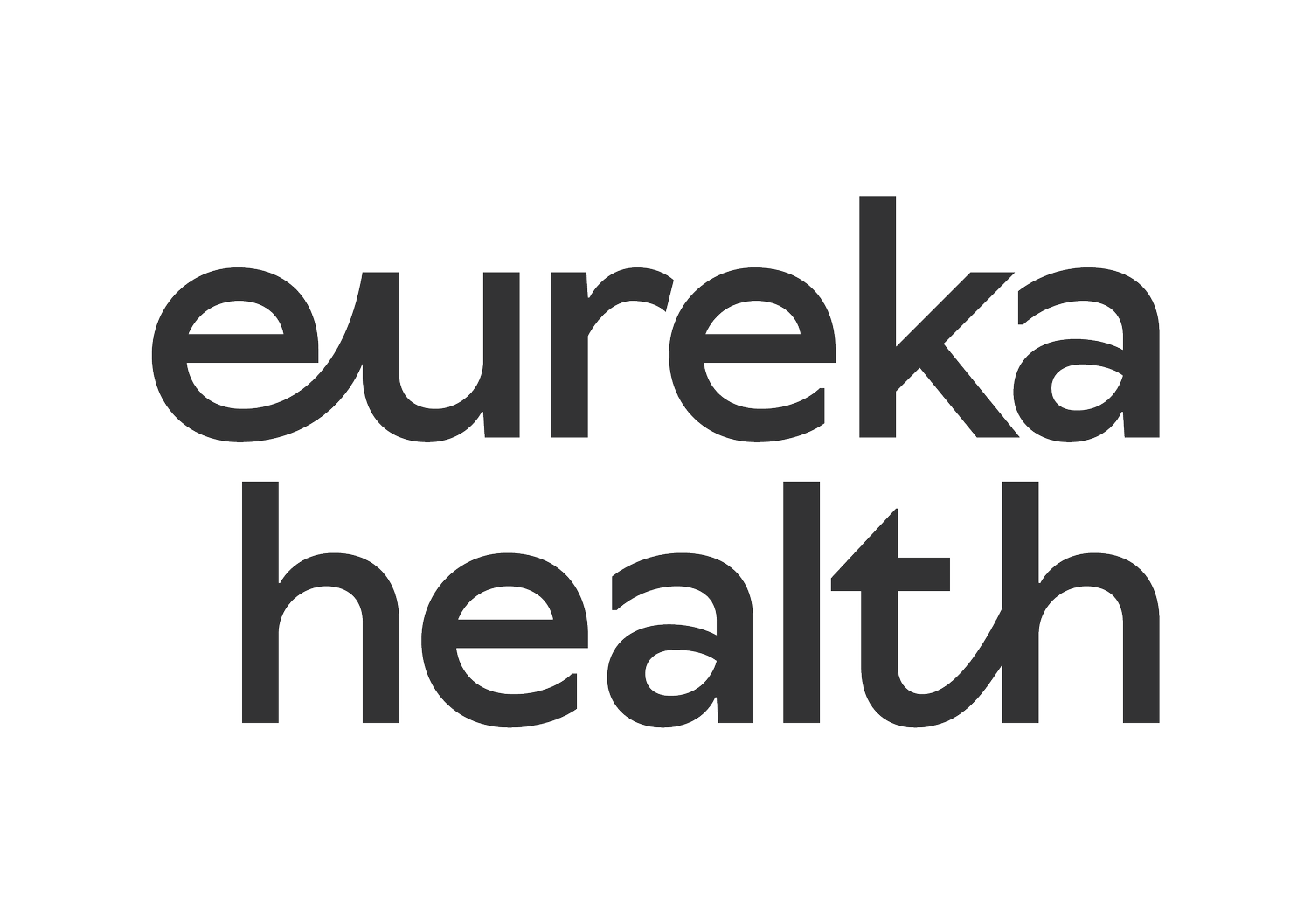Lower Limb Tendinopathy - how to manage your tendon pain
Written by physiotherapist Grace O’Dwyer
Lower limb tendinopathies/tendon injuries can affect individuals of all ages and activity levels and are a common presentation we see and treat in the clinic at Eureka Health. Whether you’re experiencing pain and limitation in everyday activities, or you’re an athlete striving for peak performance, appropriate management of tendinopathy is crucial for restoring function and preventing further injury.
In this blog we’ll explore the latest evidence-based approaches that we utilise to assist in pain management, rehabilitation and return to full performance for individuals affected by tendinopathies and tendon pain.
What is Tendinopathy?
Tendinopathy is a condition that affects tendons; the strong, fibrous tissue that connects muscles to bones. Current research suggests that it involves a continuum of changes rather than acute inflammation, that affects the tendon structure and surrounding tissues. Research shows these changes are multifactorial and involve an interplay between tissue degeneration, attempted repair processes and maladaptive responses to mechanical stress and inflammation.
In younger populations they are commonly associated with repetitive or high load sports or a change in load i.e. increase in training frequency or intensity. In the older population age-related changes in the tendon physiology can also contribute to the onset of tendinopathies. The most common lower limb tendons affected are the achilles and gluteal tendons, and the tendons surrounding the hip and ankle joints.
How do I know if Tendinopathy is the cause of my pain/symptoms?
- Localised pain without referral (an exception can be gluteal tendinopathy with referred pain down the leg)
- Morning stiffness that eases with movement
- Pain or stiffness that warms up with activity but will return post cool-down
- No pain without load/at rest
Running and jumping athletes can often experience lower limb tendinopathy
Causes of Tendinopathy
1. Overuse or repetitive strain: engaging in activities that involve repetitive motions eg. Running, jumping or prolonged standing, can place excessive load on the tendons, leading to microscopic tears and degeneration over time
2. Change in load: i.e. an increase in training/activity load or intensity, even changes such as differing surfaces/inclines can contribute to the development of tendinopathy
3. Poor biomechanics: muscle imbalances, abnormal gait pattens and issues with body mechanics can overload certain tendons, leading to an increased risk of developing tendinopathies
4. Age-related changes: including decreased elasticity, decreased collagen synthesis and impaired tendon healing capacity
5. Previous injuries: past lower limb injuries/trauma can lead to some of the above mentioned biomechanical factors that can predispose them to developing tendinopathy
6. Systemic Factors: certain medical conditions may increase the risk of developing lower limb tendinopathy, including metabolic disorders (eg. Diabetes or obesity), autoimmune diseases, hormonal imbalances and medications (such as corticosteroids)
Commonly it is a combination of the above factors that lead to the development of lower limb tendinopathies, this is why it is important for a comprehensive assessment involving information such as your medical history.
Treatment Strategies
Load Management
The foundation of tendinopathy management is optimising the loading of the affected tendon. It may be necessary to temporarily reduce or modify the activities that exacerbate your pain and symptoms to promote healing and prevent further tendon irritation.
Exercise Prescription
A targeted exercise/loading program is integral to tendon rehabilitation. At Eureka Health we will design an evidence-based personalised exercise/rehab regime that focuses on optimising loading and strengthening the affected tendon, alongside addressing any deficits in strength, flexibility and neuromuscular control.
Pain Management Strategies (including shockwave therapy)
Manual techniques such as soft tissue and joint mobilisation can complement exercise-based interventions and assist in alleviating pain, improving tissue extensibility and optimising joint mechanics. At Eureka Health we also utilise radial shockwave therapy which works by delivering high-energy acoustic waves to the affected tendon. These shockwaves help to module pain signals and promote tissue healing by creating microtrauma to stimulate a healing response. For more information on shockwave therapy at Eureka Health, click here.
Patient Education and Self-Management
At Eureka Health we aim to empower patients to take an active role in their recovery by educating them about their condition and providing self-management strategies, so they can effectively participate in their recovery and prevent future recurrences.
If you have been suffering with a persistent or chronic tendon injury, or have recently experienced an onset of pain, stiffness and limitation that you think could be tendon-related, book in with one of our experienced practitioners who will assist you in creating a management plan to get back to the activities you enjoy!
If you have tendon pain that is bothering you, click here to book an appointment


